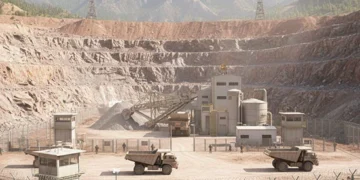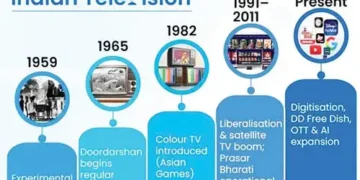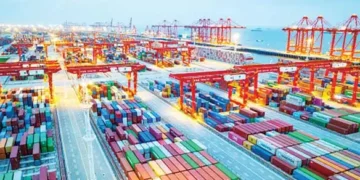Blitz Bureau
NEW DELHI: AS the world pivots to clean energy and advanced technologies, control over critical minerals has become the new frontier of geopolitics. In January this year, India responded with the National Critical Mineral Mission (NCMM), launched for a period of seven years, with a proposed expenditure of Rs 16,300 crore and an expected investment of Rs 18,000 crore by PSUs and other stakeholders.
It is not merely a mining programme, but a strategic blueprint to secure energy security, drive industrial growth, and cement technological independence. From lithium that powers electric vehicles to the rare earths vital for defence systems, the NCMM casts its net wide.
Strategic future
Critical minerals are those minerals that are essential for economic development and national security. They are indispensable for clean energy technologies, high-tech electronics, transport, telecommunications and defence. These are also minerals fraught with supply chain vulnerabilities, hence the necessity for governments to secure their supply chains for such minerals.
Critical minerals sit at the heart of India’s energy transition, powering technologies from solar panels to electric vehicles. Their role cuts across key sectors. As demand surges, these resources are emerging as the foundation of a stronger strategic future. Solar power: Photovoltaic cells, the heart of solar panels, depend on elements like silicon, tellurium, indium, and gallium to turn sunlight into electricity. India’s solar power capacity leans heavily on these critical minerals.
Wind power: Wind turbines are powered by neodymium and dysprosium. These elements drive the high-performance magnets that make turbines spin efficiently.
Electric vehicles: At the heart of every electric car lies a battery fueled by lithium, nickel, and cobalt. These minerals make clean mobility possible, storing energy that powers EVs on the road. Energy storage: Lithium-ion systems are vital for renewable integration, depending once again on lithium, cobalt, and nickel. These minerals make it possible to store surplus power and provide backup.’
The National Critical Mineral Mission aims to secure a place for India as a global player in the emerging green economy. It has been designed with the primary objectives of securing domestic and international supply sources and strengthening mineral value chains covering exploration, mining, processing, recycling, R&D, and human resource development.
As part of the National Critical Minerals Mission, the Government has set aside Rs 100 crore for pilot projects that look beyond traditional mines. The focus is on tapping unconventional sources like overburden, mine tailings, fly ash, and even red mud to recover valuable minerals that would otherwise go to waste.
Clear targets
The Union Cabinet approved a Rs 1,500-crore incentive scheme under the NCMM to boost India’s recycling capacity for critical minerals from secondary sources such as e-waste, lithium-ion battery scrap, and end-of-life vehicle parts. By fostering both new and existing recyclers, the initiative aims to build 270 kilo ton annual recycling capacity, produce 40 kilo ton of critical minerals, attract around Rs 8,000 crore in investments, and generate nearly 70,000 jobs.
The road to mineral independence is paved with clear targets. Through these targets, the NCMM plans to turn vision into reality. India plans to launch over a thousand projects to uncover new reserves of critical minerals within its own borders. Both public sector enterprises and private players are encouraged to acquire assets by securing stakes in critical mineral projects abroad.
Filing patents
A central target of the NCMM is to catalyse innovation by supporting and monitoring the filing of 1,000 patents across the critical minerals value chain by FY 2030-31. In May, 21 patents were filed in the country within the critical mineral’s ecosystem, followed by 41 more in June. Patent grants have also picked up pace.
The Ministry of Mines has designated seven premier institutions as Centres of Excellence (CoEs) under the NCMM. These CoEs will drive cutting-edge research and innovation to bolster India’s scientific and technological capabilities in the sector.
The funding for the centres will come on a project basis through Government R&D schemes, industry collaborations, and venture capital support. The institutes recognized as CoEs include IIT Bombay, IIT Hyderabad, IIT (ISM) Dhanbad, IIT Roorkee, CSIR–IMMT Bhubaneswar, CSIR–NML Jamshedpur, and NFTDC Hyderabad.
































